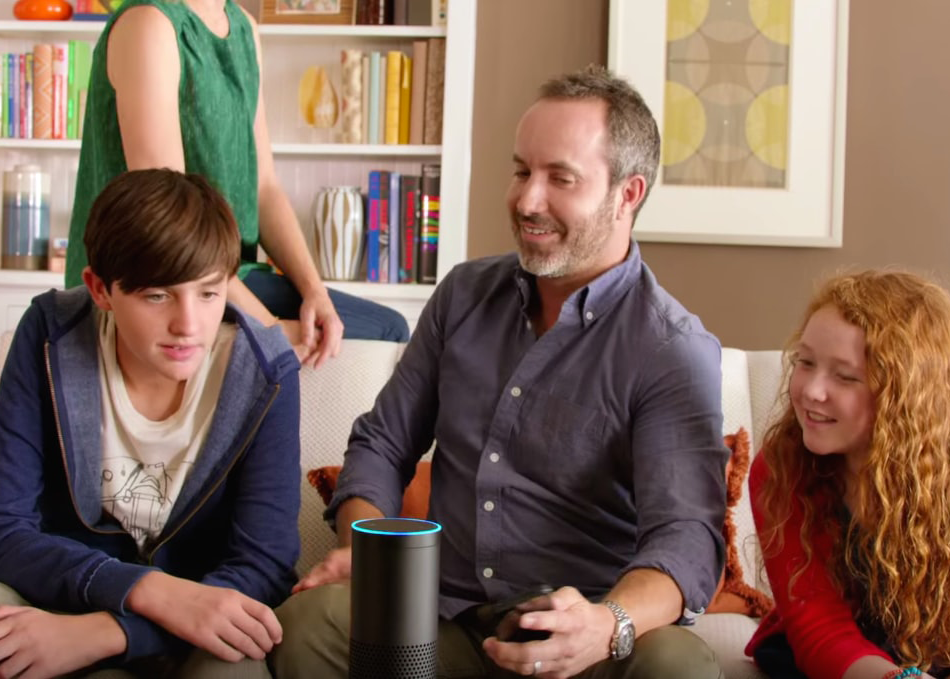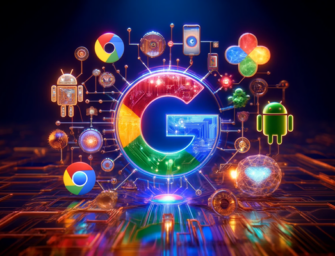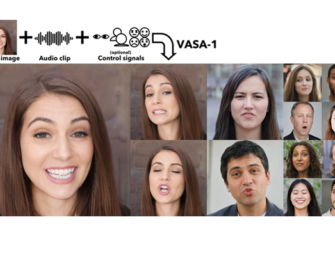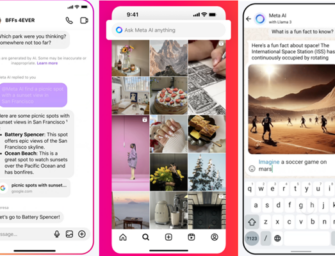Is Your Brand Ready for The Voice Web? Get to Know Alexa
This article originally appeared in the Huffington Post and was also published on Advertising Week.
What if your brand had no internet presence? No website. No apps. If consumers became interested in your brand, they would only find things on the internet that other people had decided were important. You would have no voice of your own. To most marketers this situation is unthinkable. It would equate to marketing malpractice. And yet, the scenario exists today for most brands when it comes to voice interaction.
The Voice Web is Growing Fast
Amazon has sold four million Echos that use the Alexa Voice Service. Mary Meeker of KPCB made a point earlier this year to compare Echo growth favorably to the first two years of iPhone sales. Some independent analysis suggests this may be right. Whereas iPhones serve an individual, devices like the Amazon Echo serve an entire household. U.S. Census data reports that average households have 2.58 people. That means four million Echos are likely to be serving 10 million people. That is not far short of the 13 million iPhones sold in the first six quarters after launch.
While recent data show more than one million Echo units being sold per quarter in 2016, The Information reported that Amazon forecasts 10 million more units sold in 2017. That means over 35 million people will have access to the Alexa Voice Service by the end of next year. These users are looking for new ways to leverage their voice assistants. Developers are starting to catch on. In September 2015, there were only 14 Alexa Skills. One year later there are over 2,000 Skills (N.B. Many people think of Skills as apps. The analogy is close, but Skills have more capabilities because they understand intent and context).
Siri is also a factor, Google Home is expected prior to the 2016 Holiday season and Microsoft, IBM and others are making voice services a priority. Mary Meeker knows why. In addition to Echo sales, she pointed out that 20% of Android searches in May 2016 were by voice and Baidu’s chief scientist expects that to climb to 50% by 2020. We have entered the Voice Web era.
What Your Brand Sounds Like on Alexa
So, how well prepared are you to engage consumers by voice? Ask Amazon Alexa to tell you about your brand. It’s likely that the response will be either she doesn’t understand the question or there will be some factual information. Ask her about The Home Depot and she responds, “The Home Depot is a home improvement supply superstore that sells tools, construction products and services.” Now maybe it’s factually correct, but it doesn’t exactly motivate a consumer to get online and buy something or head over to their nearest store.” The response about Lowes is even less enticing: “Lowes companies incorporated is an American company that operates a chain of retail home improvement and appliance stories in the United States, Canada and Mexico.”
On the visual web, this would be the equivalent of having Wikipedia or the phone book as your home page. The consumer experience is either non-existent or generic. A few brands are now addressing this gap by building Skills for Alexa, the first true Voice Web experience.
Alexa Skills enable brands to develop customized, on-brand conversational experiences that match voice interaction with an automatically executed action such as setting a timer or turning off the lights. It also enables consumers to access their Capital One account information, order a pizza from Dominos, call up a drink recipe from Patrón, or request headlines from NPR. The experiences are completely hands free, eyes free and optimized for the Voice Web.
Other voice services are playing catch up. When you ask questions of Siri or Google Assistant you typically get search results from the visual web or an app opened that you must then touch to control. That is not a well-aligned with the voice-first user interaction model. People typically use their voice when its inconvenient or unsafe to use their eyes and hands. A voice-to-visual response represents a misaligned user experience. A voice-to-audio response is a proper user experience match.
It’s Time to Build a Presence on the Voice Web
The Voice Web today is where the world wide web (Visual Web) was in 1994 and mobile apps were in 2008. In the mid-1990’s the challenge was how to transition from analog to digital communications to reach consumers. Today, the shift is from visual-and-touch-driven to voice-and-sound-driven experiences.
It is time for brands to create both a presence and persona for the Voice Web. Most marketers could tell you about their brand color palette. They now need to create a brand sound palette. Close your eyes. Let me know how useful your website is for the voice era. You once needed to create your first web pages. Today, you need to start creating voice pages and Alexa Skills are the first stop.









